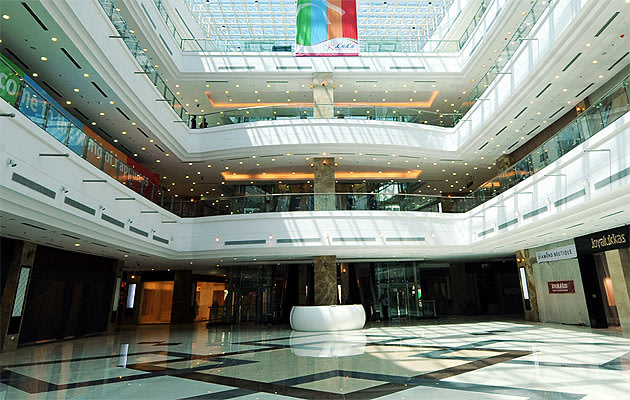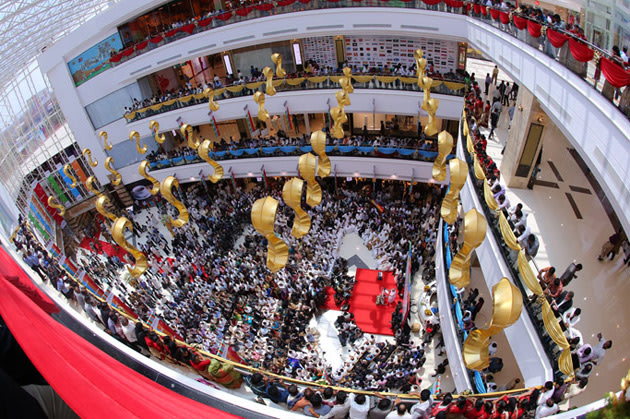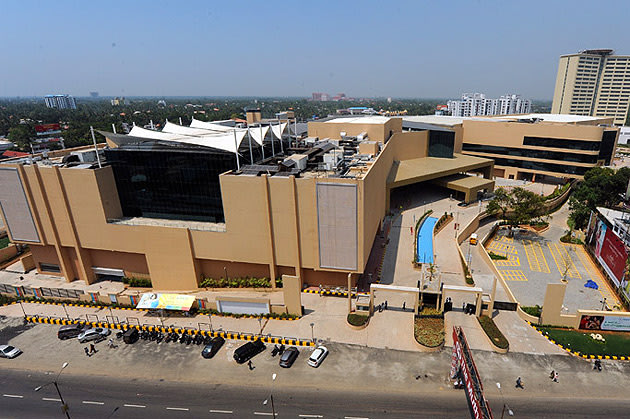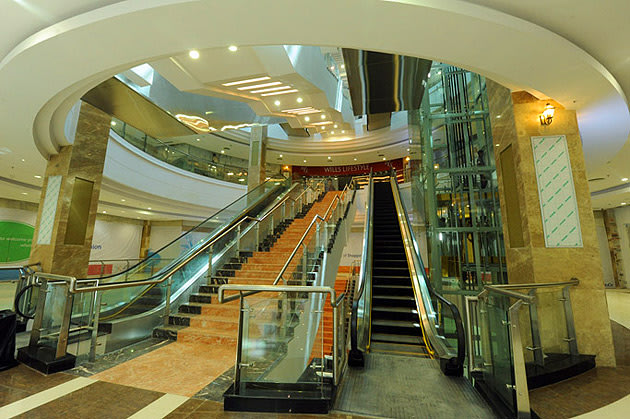

The world’s largest optical telescope got the go ahead last Friday when the Hawaiian Board of Land and Natural Resources (BLNR) granted a building and operating permit for the Thirty Meter Telescope (TMT) to be sited on a plateau of Mauna Kea on the island of Hawaii. The next-generation telescope, which uses a 30-meter (98 ft) segmented mirror promises to capture images from the near-ultraviolet to the mid-infrared wavelengths with unprecedented clarity.

The green light on construction follows extensive hearings to determine the impact of the new observatory on the area near the volcano’s summit and how the TMT Observatory Corporation would address these issues. The permit process has been held up for two years by a series of objections to building the TMT based on environmental impact, aesthetics and possible interference with native Hawaiian cultural practices, but final approval came at a hearing on April 12 in Hilo, Hawaii, where the TMT was granted a Conservation District Use Permit.
The TMT is a wide-field, Ritchey-Chretien telescope, where the light is collected by the primary mirror, reflected back to focus on a secondary mirror, and then back again through a hole in the primary mirror to an eyepiece, camera or instrument. The distinguishing feature of the Ritchey-Chretien telescope is that both the primary and secondary mirrors are hyperboloidal. That is, their cross section follows a hyperbolic curve.

The 30-meter size was selected for a number of reasons. One obvious factor is that a larger telescope can capture more light and can see further and more clearly, but, according to the TMT Corporation, another reason why 30 meters was chosen is because it provides a “sweet spot” for near-infrared studies.
The mirror is not one solid piece of glass. Instead, it’s made of 492 hexagonal segments similar in design to that used in the 10-meter Keck telescopes, also sited at Mauna Kea. Using segments means that building the TMT won’t involve the many problems in constructing a giant mirror – not the least of which would have been transporting such a mirror to Hawaii and then up the mountain, which probably would have meant altering roads. Using segments also means that a broken mirror is an annoyance while a segment is replaced, rather than a catastrophe.

The segments are made of zero-expansion glass or glass ceramic. Each measures about 1.44 meters (56.6 inches) at the corners and they are 45 and 50 mm thick (about 2 inches), with a gap between each segment of only 2.5 mm (0.1 inch).
Each segment of the primary mirror is held in place by a support system that uses 27 thin flexures that spread the load and prevent the mirror segment distorting under its own weight. This support system can also compensate for temperature changes and shifts in weight as the mirror is tilted.

TMT support structure
The secondary mirror that redirects the focused image from the primary mirror gives some idea of the scale of the telescope. The secondary is 3.1 meters (10 feet) in diameter, which is as large as the primary mirror on other telescopes.
Tertiary mirror assembly
There’s also an articulated tertiary mirror in the TMT. It’s job is to steer the light beam from the secondary mirror to any of eight scientific instruments installed in the telescope. The latticework structure of the TMT is supported in two Nasmyth platforms that also house the larger scientific instruments, so the tertiary mirror is necessary to bring these into play.
Only three instruments will be used when it first becomes operational. These include the Wide Field Optical Spectrometer (WFOS), the Infrared Imaging Spectrometer (IRIS) and the Infrared Multi-object Spectrometer (IRMS).
All these components work together as part of the Adaptive Optics (AO) system, which uses the ability of the telescope to reconfigure its elements to compensate for atmospheric turbulence in real time. This turbulence is what makes stars twinkle and it can ruin observations with even a moderate-sized telescope. The AO system, however, can stabilize the image to use the full power of the 30-meter mirror and give the TMT 144 times the light collecting area of the Hubble telescope and ten times better spatial resolution at near-infrared and longer wavelengths.
Covering the light spectrum from 310 nanometers in the ultraviolet to 28 microns in the infrared, the primary mirror has a focal length of f/15 (450 m/1,476 ft) and a focal ratio of f/1.










































